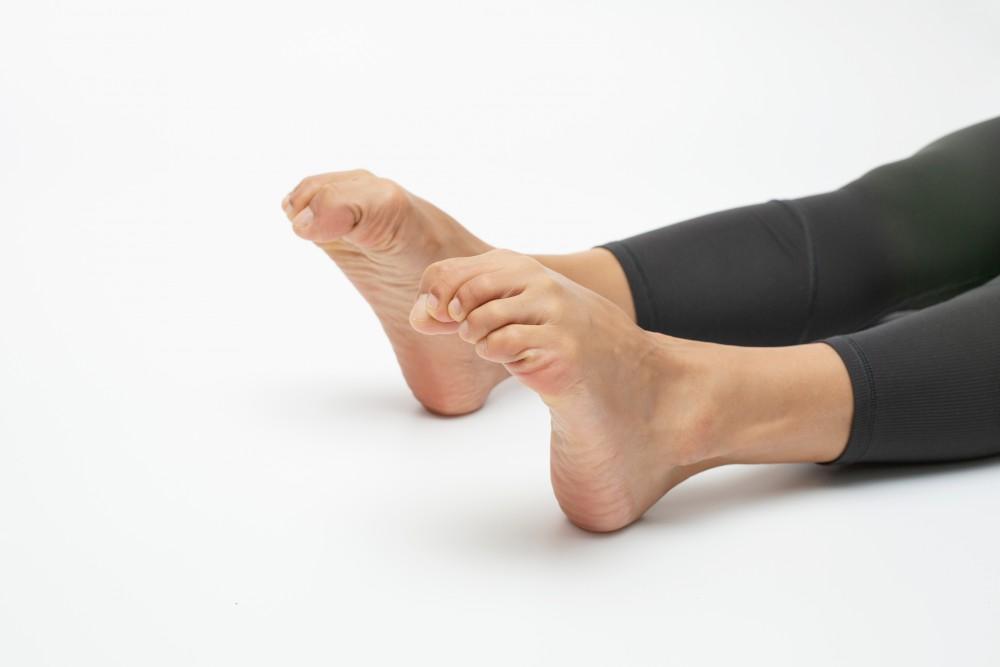
Ease Arthritis Pain and Stiffness with These Joint-Friendly Workout Options

Since May is National Arthritis Awareness Month, the team at Bahri Orthopedics & Sports Medicine Clinic feels it’s important to stress the role of exercise in treating many forms of arthritis. It’s natural, when you’re in pain, to target rest and stay off your feet. When it comes to arthritis, this may be the opposite of what your joints need.
Your body is made to move, and workouts can be an important part of recovery plans, even in the case of degenerative disorders like osteoarthritis and rheumatoid arthritis, the two most common forms of the disease. The catch is that you must choose joint-friendly exercises to support your condition without causing additional damage.
While every patient’s case has its unique needs, we’re standing by to help you develop an arthritis management plan that includes the best workouts for you. Consider these options, then visit us to build your custom program.
The activity threshold
To maintain overall health, the rule of thumb supported by the Centers for Disease Control and Prevention (CDC) points to 150 minutes per week of moderate activity. This works out to 30 minutes a day, five times a week. The CDC recommends this for people with arthritis, though they also suggest that you aim for this target only if your health allows it. While 150 minutes (with added strength and balance sessions twice a week) is an ideal target, any boost in activity is better than none.
The easiest way to reach an activity threshold is through joint-friendly exercises. When arthritis affects your shoulders, for example, you still have a wide range of options that place no load on your arms. It’s tougher when arthritis affects your knees and hips.
Choosing activities to match your condition may be the key to success when dealing with arthritis. Consider the following joint-friendly approaches to build your workout.
Targeted exercise
Your joint-friendly workout routine ideally includes exercises from three general categories.
Aerobic
Boosting your heart rate and stimulating blood flow, aerobic exercises serve as a fitness foundation for everyone. These are arthritis friendly since efficient blood flow is how your body delivers the raw materials for pain relief and healing. Low-impact aerobics, like easy-paced walking, swimming, or biking, usually limit the demands on the arthritic joints in your body. The key is to elevate your heart rate and boost your respiration to maintain cardiovascular health.
Range of motion
Joint damage from arthritis often limits the range of motion of a joint, so exercises focused on preserving and expanding the number of joint moves can restore function. A key point here is to use exercises that don’t aggravate existing joint damage or cause you additional pain.
Strength
Joints and muscles work together to provide motion. When one element is weak, the load shifts to the other element. Working the muscles around an arthritic joint can transfer some load from joint to muscle, easing the conditions that cause arthritis pain. Add strength exercises at least twice a week on non-consecutive days to give muscle tissue recovery time.
At Bahri Orthopedics & Sports Medicine, we’re arthritis treatment experts. We’ll help you choose the exercises you need for your joint-friendly workout. Call the nearest office or use the appointment request link to schedule your consultation today.
You Might Also Enjoy...


Fracture Care: Nonsurgical Options vs. Surgery

Am I a Good Candidate For Shoulder Replacement?

Staying Active With Knee Osteoarthritis: Our Top Tips

Struggling with Ankle Instability? Here's How to Avoid Future Sprains


